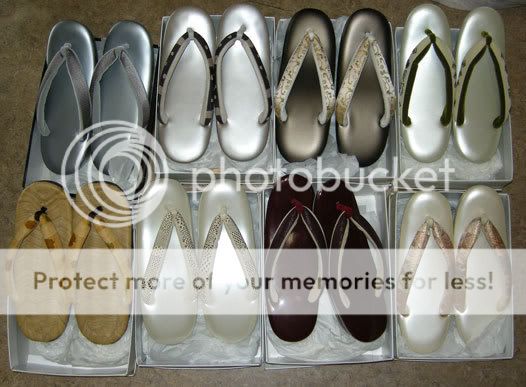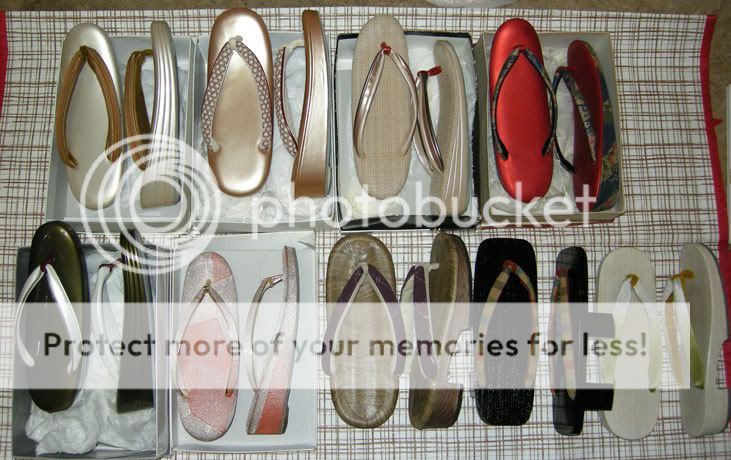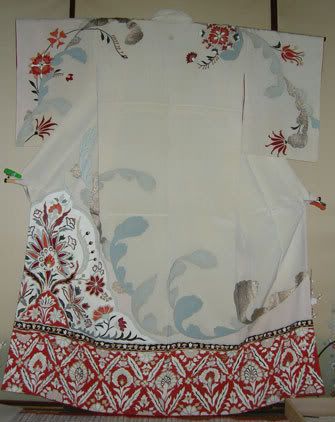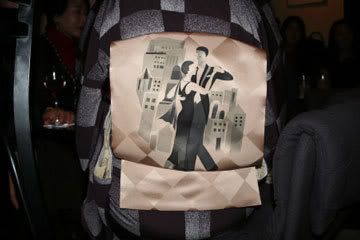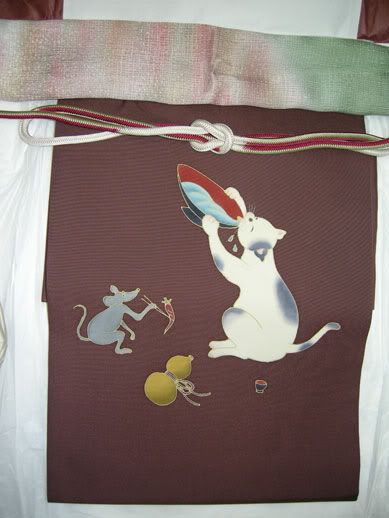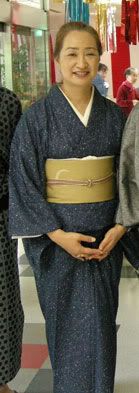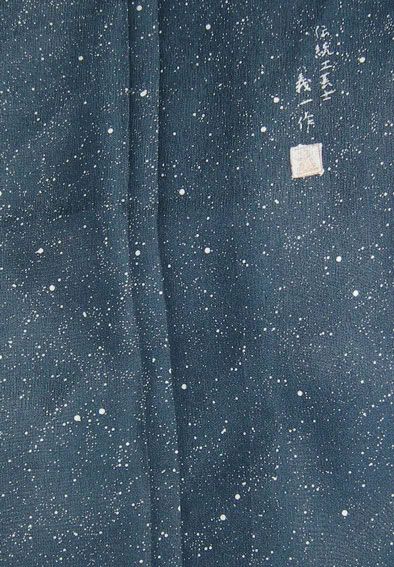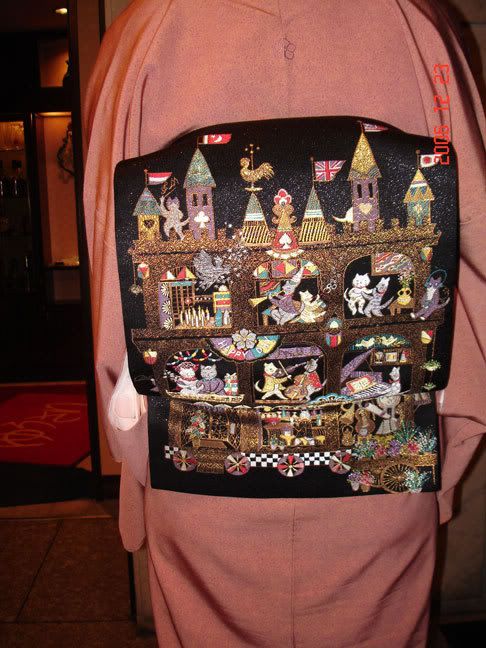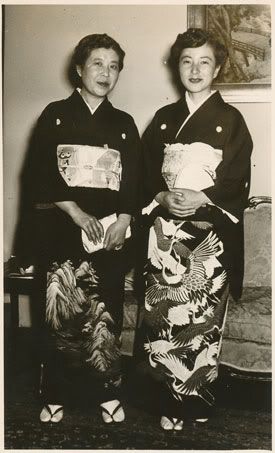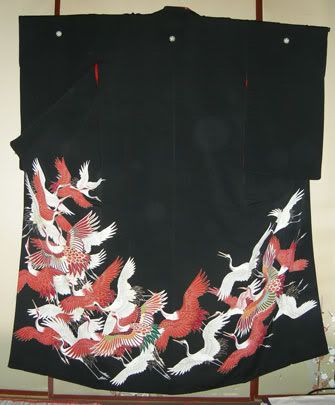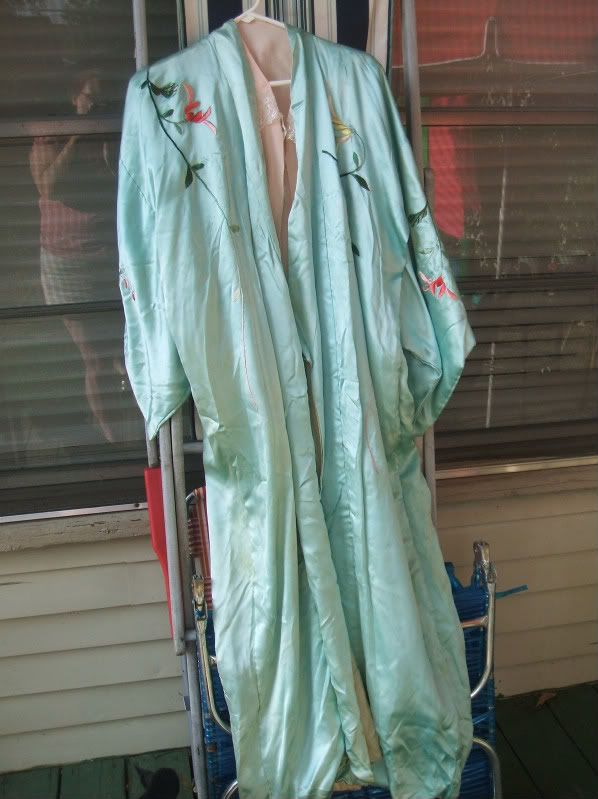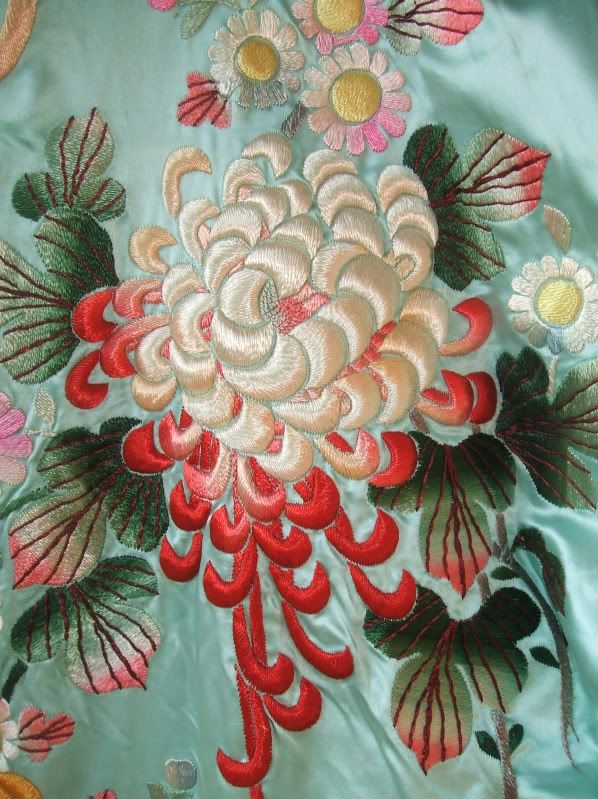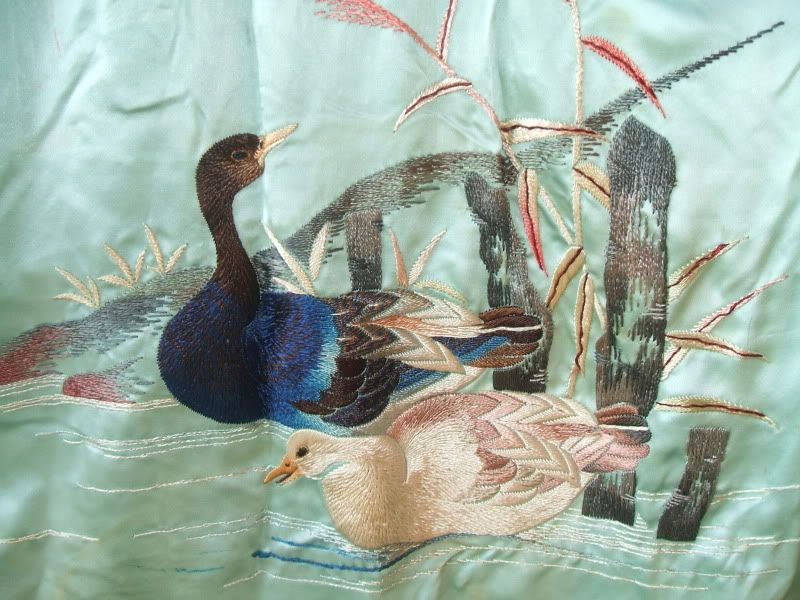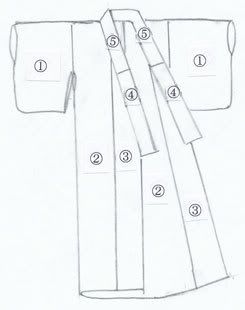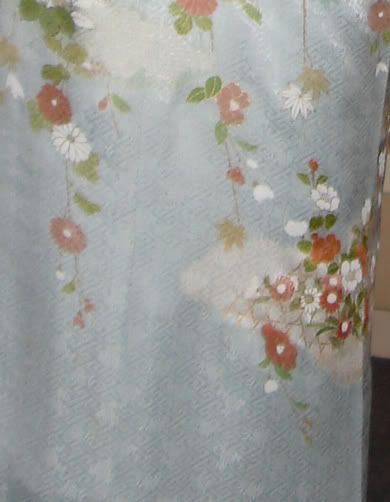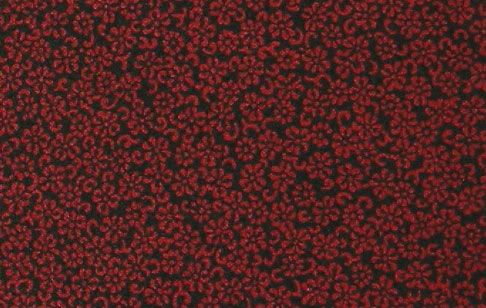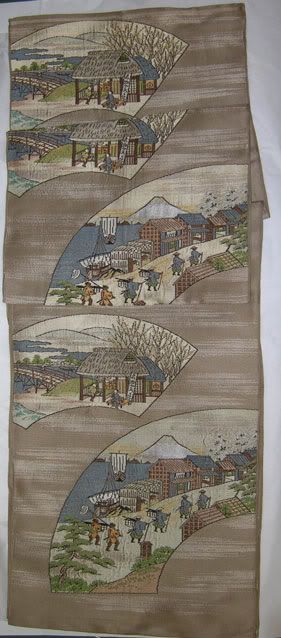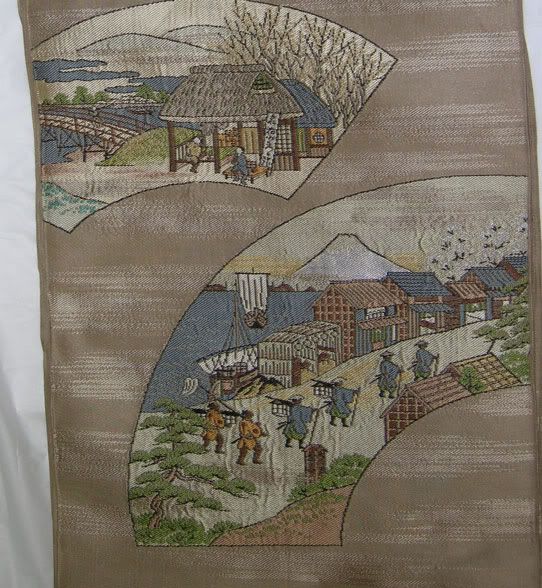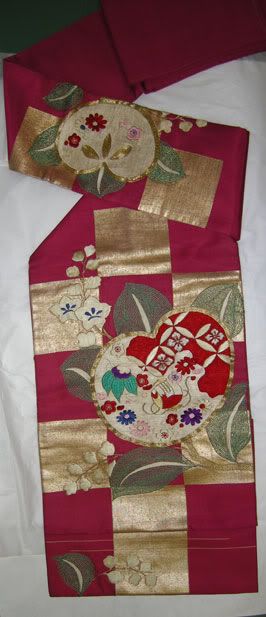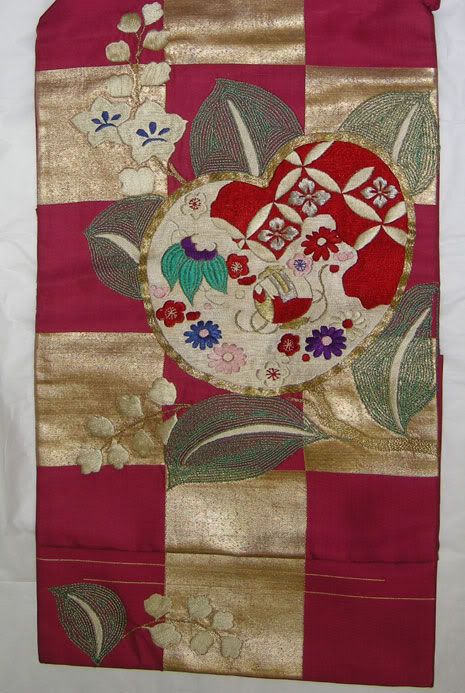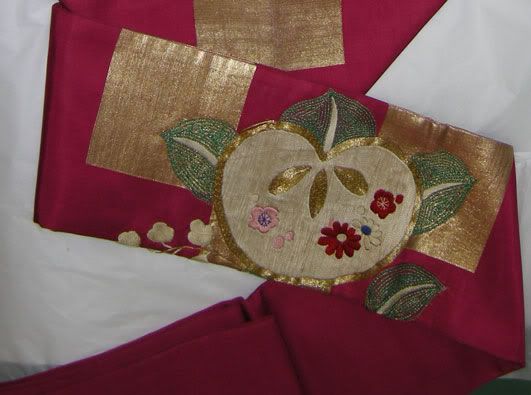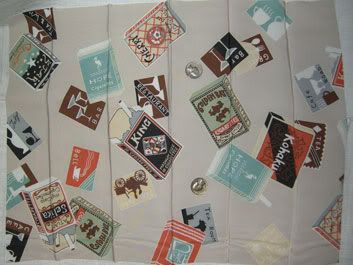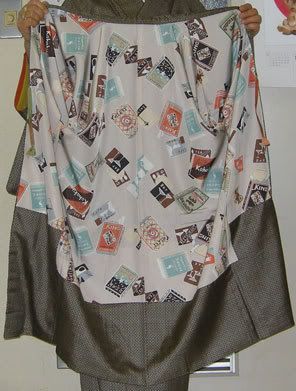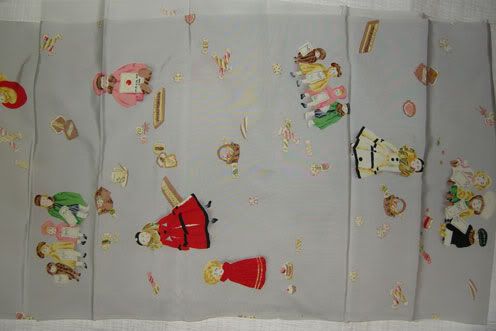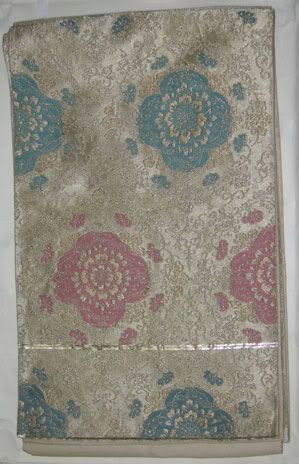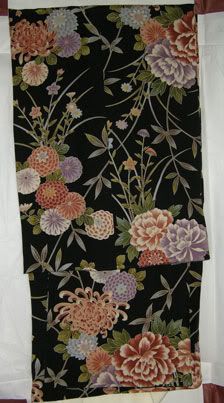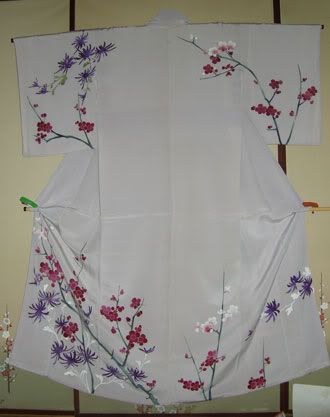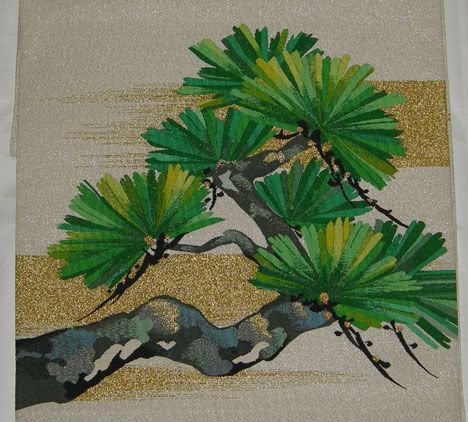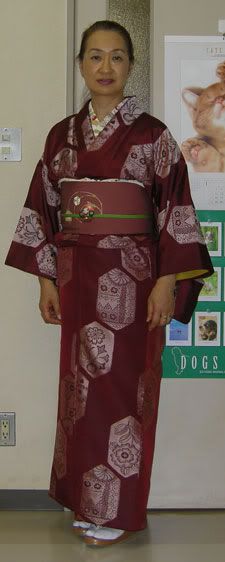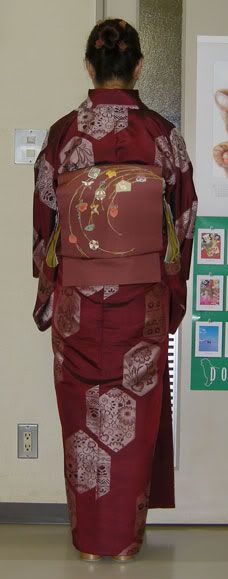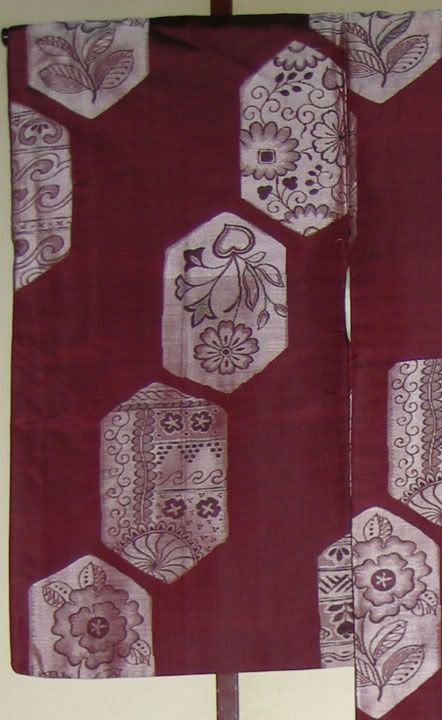LaMedicine
One Too Many
- Messages
- 1,116
I probably can to some extent. I'm certified as a senior level kimono culture expert. I have some explanations of the details in the album of my mother's kimonos. When you click to enlarge the individual photos, the explanations will come up with them. You can start out there.MegamiOrchard said:I have a beautiful red kimono I bought pre-loved in Kyoto in 1997. It is currently in a shipping container making its way to the UK with all my other possessions. Do you have any advice on websites or experts who would be able to look at a photo of it and tell me if it is 'any good' - as in what kind of people would have worn it, approximate age etc.?
Web sites, I will have to do a search, since what research and looking I do, I do in person, nothing beats looking at the real stuff and handling them in person, and talk directly with the craftsmen and specialists.
